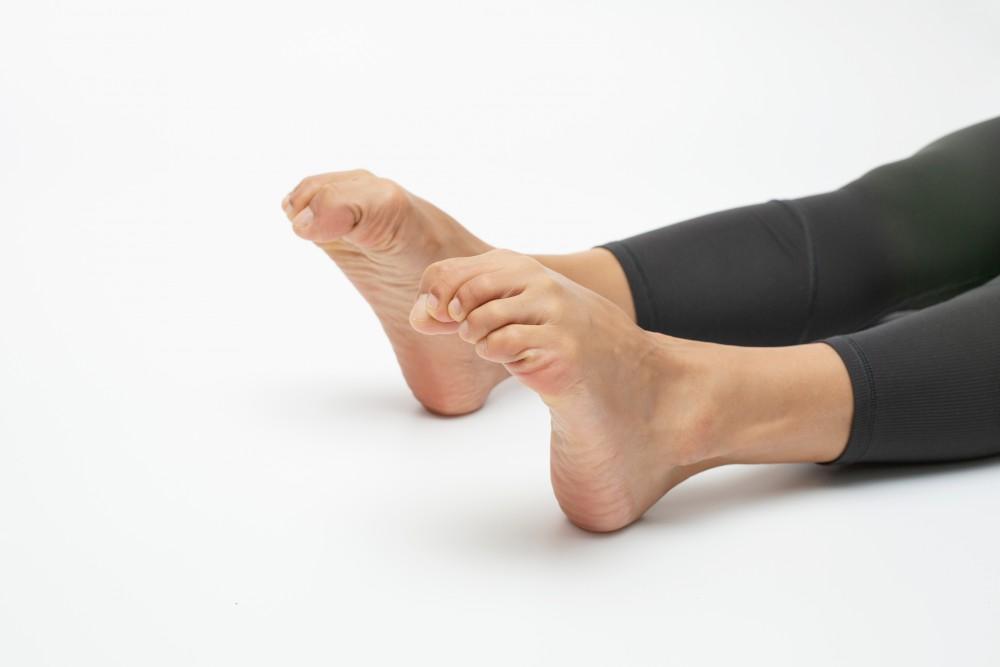
3 Telltale Signs of a Labrum Tear

Hip and shoulder injuries often trace back to a cupping rim of tissue called the labrum that provides stability to these ball-and-socket joints. In the hip, the acetabular labrum stabilizes the ball end of the femur while the glenoid labrum lines the socket on your shoulder blade.
Labral tears can disrupt the way a ball and socket joint works. These can happen due to joint trauma, osteoarthritis, or structural abnormalities. Recognizing the signs of a labrum tear can help you get the treatment you need when you need it.
With that in mind, the Bahri Orthopedics & Sports Medicine Clinic team in Jacksonville, Florida, has prepared this background, including the three telltale signs of a labrum tear. Symptoms are similar for hip and shoulder tears.
Labrum anatomy
The term “labrum” can refer to any tissue that forms a brim, edge, or lip in the body. It’s perhaps most often used to describe a ring of fibrous cartilage surrounding joint surfaces of bones.
Typically, cartilage provides cushioning and a low-friction surface, allowing joint bones to move freely. Labral cartilage has an additional function as a joint stabilizer. In both the hip and shoulder, the labra effectively extends the bone socket to support the ball more completely in its proper location.
The acetabular labrum of the hip increases the depth of the acetabulum, the socket of the hip joint. The glenoid labrum provides the same function as the glenoid cavity in the scapula. Due to the larger range of motion of the shoulder, the glenoid cavity is shallower than the acetabulum, so the stability of the shoulder joint demands more of its labrum.
Labrum tears can occur with an acute injury, damage caused over time by repeated motions, or degenerative joint conditions like osteoarthritis.
3 telltale signs of a labrum tear
Despite the anatomical differences between the hip and shoulder joints, the signs of a labrum tear are similar in each case. The three most common symptoms are:
- A sensation of the joint freezing or locking up
- Pain occurring in the affected area
- Range of motion is limited, or movement of the joint is stiff and restricted
The hip labrum can have a series of mini tears along the edge, an effect like fraying. This type of damage is usually due to repetitive motion or joint deterioration. Serious tears where the labrum pulls away from the pelvic socket tend to originate with traumatic injuries. It’s most common for labral tears of the hip to occur at the front of the joint.
In the shoulder, dislocation tends to cause injuries where the labrum gets torn away from the bone. Repetitive motion causes fraying of the shoulder labrum, and a third type of labrum tear happens near the top of the joint, where the biceps tendon attaches to the shoulder socket.
Treatment of a mild labrum tear typically starts conservatively, with rest, ice, and over-the-counter pain relievers.
If these measures fail to produce results or if your labrum tear is painful and severe, contact Bahri Orthopedics & Sports Medicine Clinic by calling 904-739-0050 to book with either location or use the online appointment request link. We’ll examine, diagnose, and develop a treatment plan for you. Plan your visit today.
You Might Also Enjoy...


Fracture Care: Nonsurgical Options vs. Surgery

Am I a Good Candidate For Shoulder Replacement?

Staying Active With Knee Osteoarthritis: Our Top Tips

Struggling with Ankle Instability? Here's How to Avoid Future Sprains


